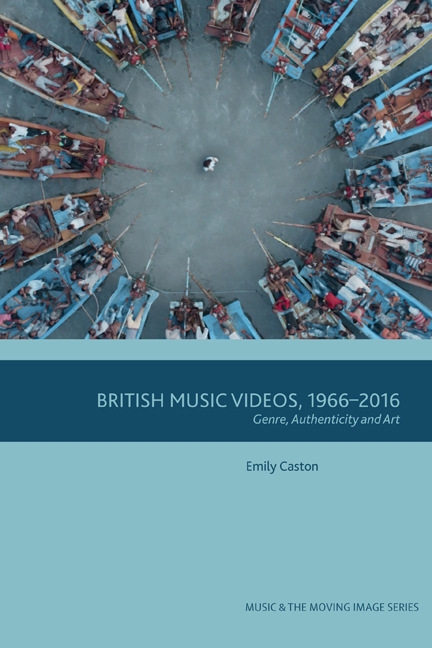Summary
When many people think about music video, it is as the heir to the musical. Most of the scholarship on dance in music videos has, not surprisingly, focused on that. In his book on British musicals, John Mundy dedicates a section to music video, arguing rightly that the music video only makes sense when viewed within the larger history of twentieth-century music on screen (1999). Sherril Dodds argues that music video is heir to the ‘innovative and dazzling film techniques’ of Fred Astaire and Busby Berkeley's ‘eye-catching and opulent screen-dance images’ (2009a: 252). Beth Genné (2018a, 2018b) argues that music videos adopted the street dance traditions of René Clair, Ernst Lubitsch, Rouben Mamoulian, Fred Astaire, Gene Kelly, Stanley Donen and Vincente Minnelli. McRobbie and Buckland both argue that, as in later dance films such as Dirty Dancing (1987), Fame (1980) and Flashdance (1983), dance in music video can serve as a metaphor for social identity, romantic fulfilment and other ‘fantasies of achievement’ (McRobbie 1984, Buckland 1993).
But British dance videos are not simply an heir to the US street dance musical. Our study showed that dance has emerged as one of the most dynamic cycles of production in British music video in recent years, with choreographers such as Aaron Sillis and Holly Blakey emerging from distinctively British dance traditions. In Britain, dance videos have tended to represent the social experience of the fans and the dance culture of the clubs in ways that authenticate the artist and their music within their cultural and economic roots. In this chapter, I ask how British dance music videos function as an appropriation art governed first and foremost by authentication. I will sketch out what, I hope, is not too superficial a history of the videos. In a previous publication, I argued that British choreography tended to be more messy and realistic than US music videos (2017a). Here I argue that British music videos have tended to show more attention to the representation of internal emotional states than US videos. The chapter is offered as a contribution to the expanding literature in dance-on-screen studies which was partly constituted to remedy a ‘continuing neglect of music in dance analysis’ (Evans and Fogarty 2016: 1).
- Type
- Chapter
- Information
- British Music Videos 1966 – 2016Genre, Authenticity and Art, pp. 55 - 71Publisher: Edinburgh University PressPrint publication year: 2020



